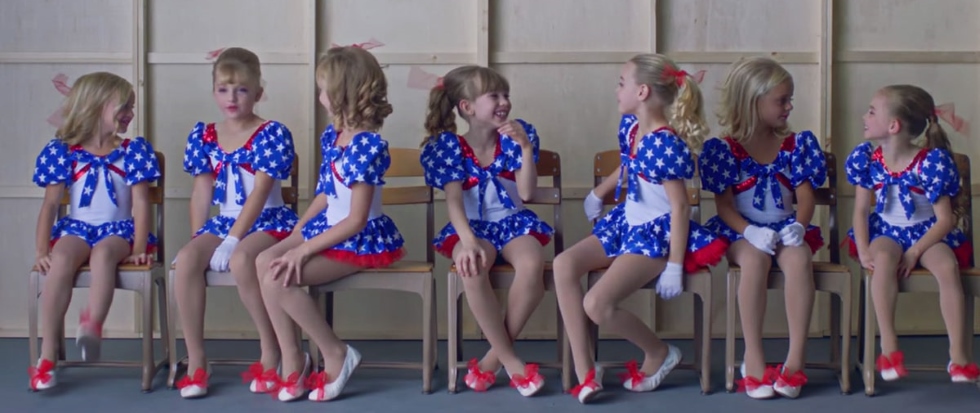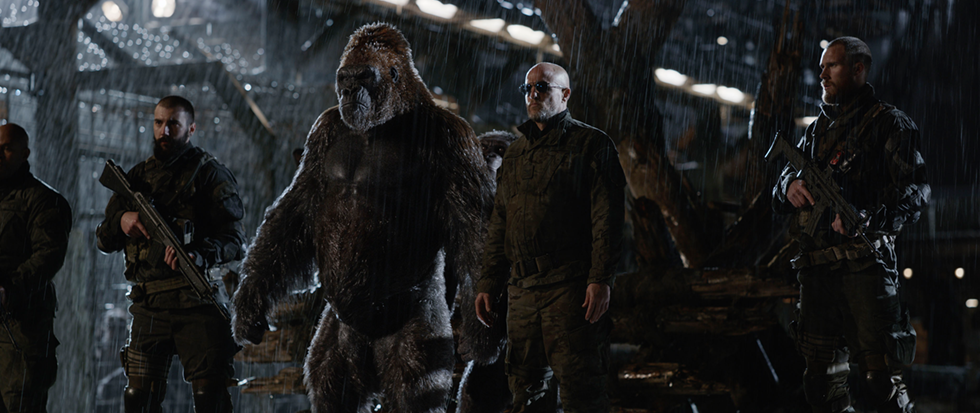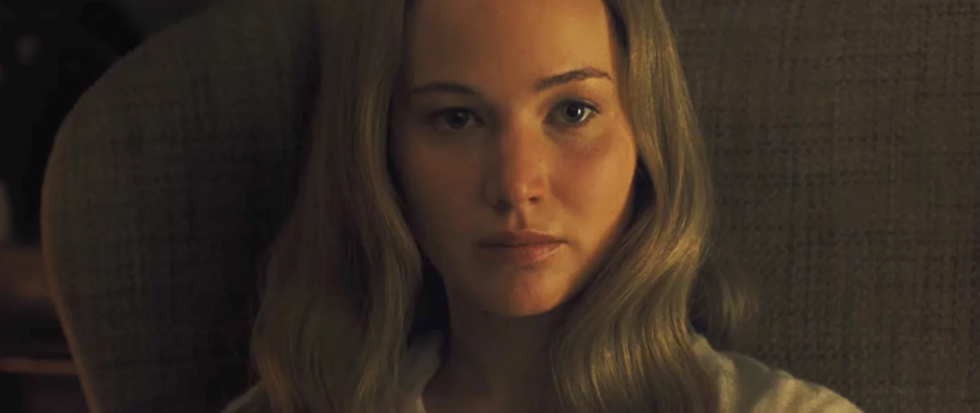
Casting JonBenet is a Vacuous Portrait of an American Tragedy
There’s a moment about a minute into the Netflix film Casting JonBenet, where you think that this maybe is a touch exploitative. It’s after a room of little blonde girls have excitedly jumped into a bunch of small chairs, all in matching Americana baton costumes. One of the girls clambers onto a chair, announcing that her name is Hannah and she’s auditioning for the role of JonBenet Ramsey. Before she snaps the clapper board shut, she asks the camera if they know who killed JonBenet.
The case of JonBenet Ramsey is one of those classic American True Crime stories, not because it’s terribly interesting but because it happened to someone who doesn’t “look” like the victim of a violent and sudden death. Pictures of little JonBenet, gussied up like a precursor to Toddlers and Tiaras made their way around the media. It was easier to look at those than the idea of how she ended up: strangled and beaten in her home in Boulder, CO. Everyone became a suspect.
Casting JonBenet isn’t really a nuanced portrait of the JonBenet case. It’s not even really about the case. All the information is relayed through talking head shots of actors, applying to be in the movie that they’re currently in — a revolving door of middle aged women in red shirts (except for one), mustachioed middle aged men, little brunette boys and older men. The JonBenet’s, present in that opening shot, do not return for most of the movie. Like the actual JonBenet, it isn’t their presence that is important but the memory of their presence. The facts of the case, the rumors and supposition that became a part of American pop culture, are told in half-remembered chunks and filtered through the research of actors prepping for a role.
Casting JonBenet is the story of actors trying to find their motivation — figuring out if they would play the role as if they are actually guilty or innocent. But these aren’t forensic professionals and are not blessed with any more information than the average Google search can grant them. Instead they’re relying on the body of evidence accrued by all manner of late night news charlatans, talking about handwriting experts and how Patsy Ramsey’s ovarian cancer showed that she was actually guilty. It’s an emotional portrait of an infamous case, told by the least qualified.

It’s tempting to write this off as blatantly exploitative. In one sequence, after some of the adult actors discuss how it’s possible that JonBenet was killed by her 9 year old brother Burke, they have several child actors hired to portray Burke gleefully beating apart a watermelon with a heavy flashlight. At the end, one of them swipes up a piece of watermelon and eats it with a smile. This, combined with one of the faux police officers going very in depth about his experience as a sex therapist (complete with a diverse array of floggers) add a certain flavor that falls a touch tawdry.
Is this eerie because it’s well shot or because so many of us know the facts of the case? Is this experimental or just abusive to its performers and its subject matter? It’s hard to say. The only thing that saves the documentary is the rich photography, the quality of which resembles abandoned place photography or fine art portraits of suburban America. Everything feels beautifully vacant, perfectly preserved like the memory of a tiny beauty queen.





